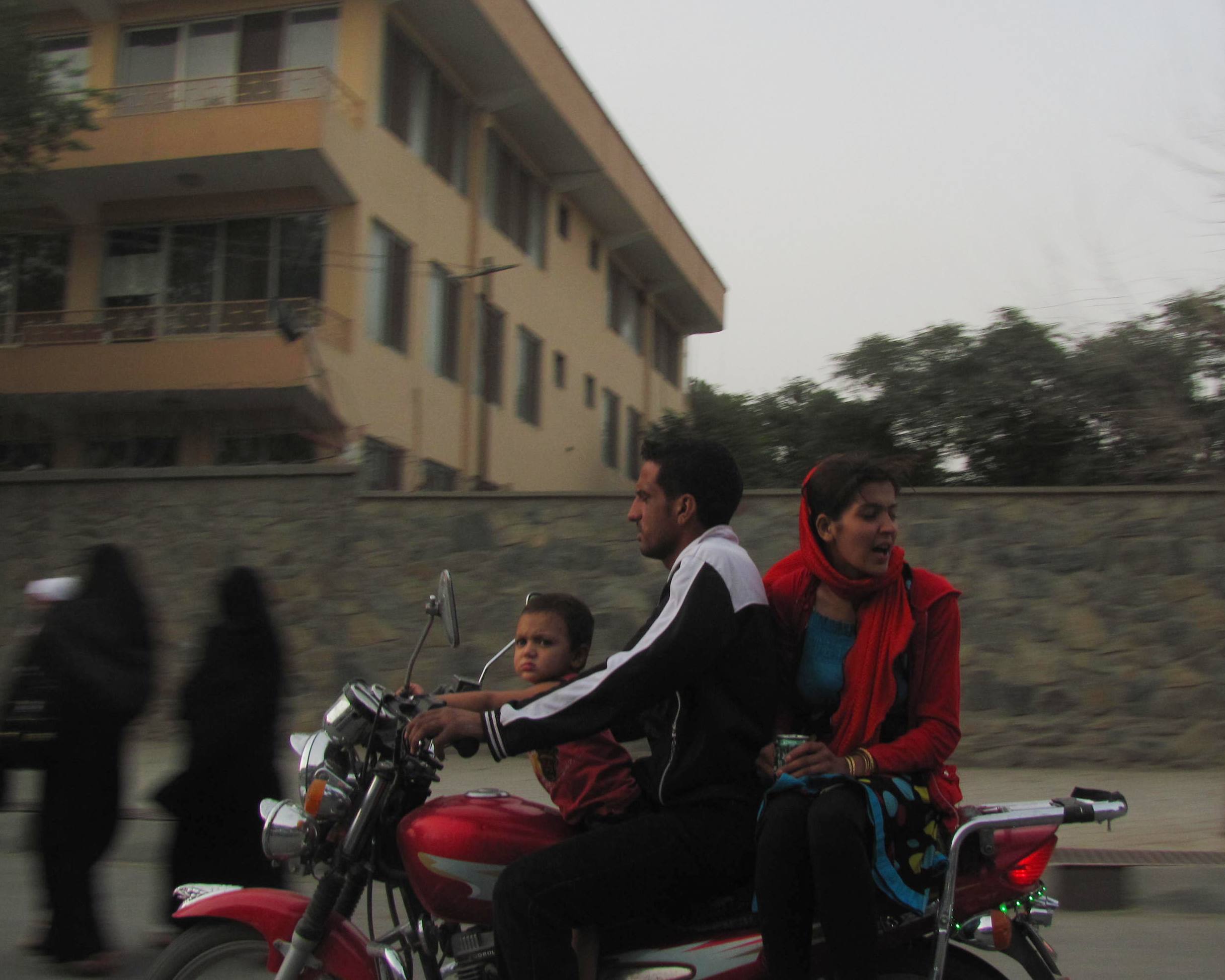KABUL, Afghanistan – It’s been 10 years since the start of the American invasion that toppled the Taliban regime and ushered in the current era in Afghanistan’s history. But that’s not really correct. The invasion was only one part of the picture in those final, cold, bloody months of the Taliban government’s five-year hold on power. Ragtag anti-Taliban Afghan militias did most of the fighting, backed by American air power, money and Special Forces. The factional civil war that had already been raging for nine years roared to its end amidst popular jubilation –especially in the country’s brutally repressed ethnic minority communities– but also terrible crimes, a dangerous flood of weapons and cash that continues to this day, and widespread fear of a return to warlordism.
Today, Afghanistan’s future is no less uncertain. The police and army are unprepared to take over from international forces and the weak central government is being consumed by internal divisions and power struggles. Old and new militias, some recently re-armed with the support of the United States and its allies, stalk the countryside, committing grave human rights violations against civilians, and vicious tribal feuds have not abated.
Resurgent since 2006, the Taliban have prevented or rolled back virtually all social and economic progress in the south and southeast of the country and are gaining ground in the north and are choking off vital trade and travel routes into the central highland region. Joint international and Afghan military operations against the increasingly fractured militant movement have achieved shaky, often fleeting gains at steep costs.
Afghanistan is a place where conflicting trends and movements coexist, sometimes side by side in uneasy peace, sometimes clashing violently. Social boundaries are simultaneously rigid and undefined and ever shifting.
In Kabul, the capital city home to perhaps as much as 20 percent of the population, these conflicts and contradictions are on full display. A single month can see a siege-style attack by Taliban suicide bombers and hundreds of teenagers jumping ecstatically and throwing their arms in the air at the opening of the country’s first ever rock festival.
Women and girls work in offices and shops, run companies, stroll through the markets alone, even drive their own cars in some progressive enclaves –but then vanish with eerie swiftness at nightfall and are palpably unwelcome in the city’s fast food restaurants, where young Afghan men gather to bask in their ideal of modernity, in a gleaming world without women.
Raw sewage runs from mud compounds into open street drains and under the sneakers of young, urban Afghans checking their facebook accounts using cheap, pre-paid data service on Chinese knockoff smartphones. In major towns and cities, scarcely a single block is without an internet cafe. From early morning to late at night, these cafes are full of young men, and only young men. They are regarded as off-limits to women and girls.
A small but growing middle class of civil servants, entrepreneurs and nonprofit workers is fueling a construction boom in major urban centers. Many of the new high-rise apartment buildings redefining the ancient skylines of Kabul, Mazar Sharif and Herat are being built with unskilled labor and dangerously low quality building materials, raising the specter of mass tragedy when the next major earthquake hits.
An increasingly sophisticated and assertive galaxy of non-governmental organizations, associations, lobbies and coalitions works on issues ranging from domestic violence to environmental protection. Social conservatives assail them with accusations of moral corruption and frustrate their efforts to address deep social problems such as sexual violence and forced marriages.
Independent media outlets, likewise, have proliferated, bringing to Afghans a hitherto unknown diversity of content and opinion. But most media outlets are still financially unsustainable and rely on grants from international foundations to keep the lights on.
Elections are held for legislatures at the provincial and national levels and for the presidency. But power does not yet change hands peacefully. The two most recent national polls were plagued by fraud, violence and disorder on a massive scale. For these reasons, few Afghans believe there will be any more experiments with democracy after the international community leaves.
Justice sector reform, a key demand of ordinary Afghans after decades of repressive and arbitrary rule, has been slow, halting and underfunded. A functioning court system is still years, if not decades, away. Progress on this front, too, has been patchy. Executions are still carried out, but they are no longer public spectacles (outside of Taliban-controlled areas) and the death penalty is reserved for violent crimes. Afghanistan’s women’s prisons, scrutinized by human rights workers and renovated with aid money, are no longer decaying houses of horror. But women are still routinely arrested for “moral” crimes, abused by the police and handed arbitrary and excessive prison sentences by misogynist judges. Torture is rife in men’s prisons and in police detention. Fair trials remain the rare exception.
Afghan young people look enviously at the movements launched by their peers in the Middle East and try hard to imagine a day when their moment to move history, to drive reform and to demand accountability from those in power will come. They are the overwhelming majority, these young people, and they carry hope in their hearts, but also fierce anger at the innumerable injustices that continue to choke progress in their country like the gritty dust of unpaved roads chokes their throats.
